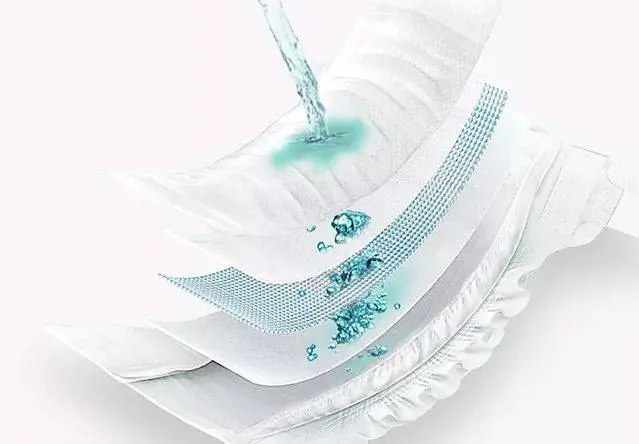电话
地址
电话
邮箱

Super Absorbent Polymers (SAP) are materials that can absorb and retain extremely large amounts of liquid relative to their own weight. They are used in a variety of applications, including disposable diapers, feminine hygiene products, agricultural soil conditioners, and medical applications.
The production of SAP typically involves the following steps:
1. Polymerization:
- Initiation: The monomers (usually acrylic acid or acrylamide) are mixed with water and an initiator to start the polymerization reaction.
- Crosslinking: A crosslinking agent is added to create a three-dimensional network structure.
2. Neutralization:
- If the SAP is made from acrylic acid, it may need to be neutralized with a base (such as sodium hydroxide) to improve its absorbency.
3. Drying:
- The gel-like material is dried to remove excess water and form a solid polymer.
4. Grinding:
- The dried polymer is ground into particles of the desired size.
5. Classification:
- Particles are sorted by size to ensure consistent performance.
6. Packaging:
- The final product is packaged for distribution.
Equipment used in the manufacturing process includes:
- Reactors: Used for polymerization and crosslinking.
- Mixers: To blend the monomer solution and other components.
- Dryers: Rotary dryers or fluid bed dryers are often used.